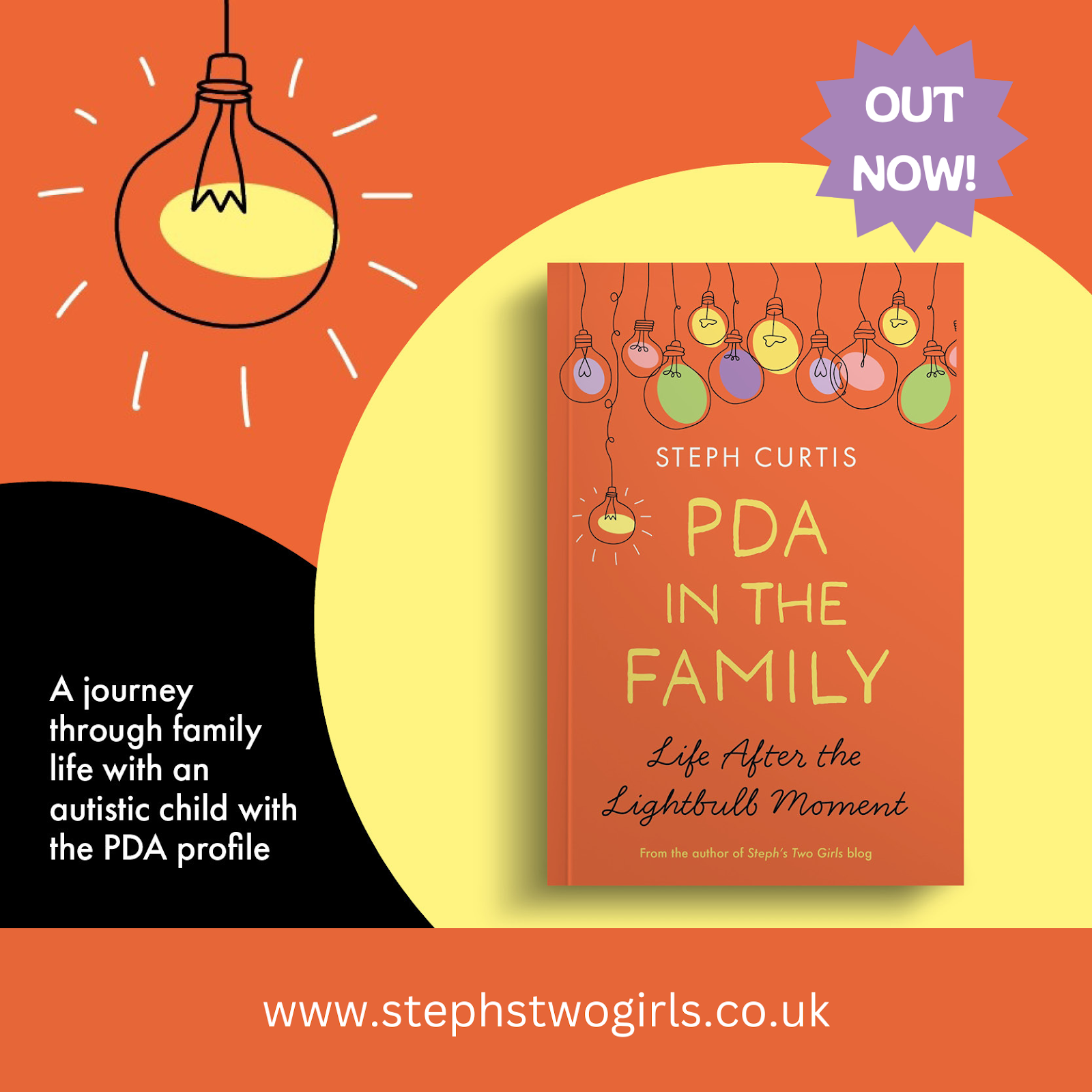A couple of months ago I wrote about how we have had a recent ADHD diagnosis in our household, and since then I've been trying to absorb as much information as I can about ADHD (Attention Deficit Hyperactivity Disorder) and ADD (Attention Deficit Disorder).This book, ADHD and Me, is a great starting point for anyone wanting to learn more. ADHD and Me is a square format, softcover book with great quality pages, both in terms of content and feel of the paper used for printing on! It is a handbook originally designed to help children and young people explore what ADHD means to them, but I recommend it as a great learning tool for any adults too.
There are 44 pages directed at children and young people with ADHD, with clear short messages about what it means to have ADHD in terms of how it might make them feel and what impact it could have. These cover topics such as hyperactivity, emotions, conversations, hyper-focus and attention, and help the reader to recognise what kind of feelings the different daily challenges might invoke.
 |
| Inside page, text reads: ASDHD hyperactivity doesn't always mean jumping or running about continually. It might for some people with ADHD, but not all hyperactivity is obvious. |
There are also some blank and lined pages at a couple of points within the book, offering the chance for the reader to scribble what ADHD means to them personally or how it affects them.
At the back of the book there are a further ten pages covering advice for adults and teacher. This is very comprehensive, looking at all the areas from the book in more detail, but also discussing the most common misconceptions about ADHD. The final page includes a note which is very relevant to my own family: 'Please don't overlook the quiet, anxious ones, or the girls. Children and young people might not display ADHD in the ways you would expect. ADHD is often stereotyped as badly behaved, disruptive young boys, but there are children with ADHD who don't ever break rules, who are quiet and reserved, yet still need support to achieve their potential because the challenges described within this book still apply.'  |
| Inside page, text reads: Sometimes, you might hyper-focus on you rinterests and hobbies and know a great deal more about certain topics than other people do. It's great to discover what you are good at and hyper-focus can be a real positive of having ADHD. |
The fantastic illustrations throughout the book depict male, female and non-specific characters. I thought this was particularly helpful - after our daughter was diagnosed with autism at the age of two I remember feeling frustrated by the number of books on autism which only referred to boys, and how I didn't find them very relevant to our experiences. The recognition that ADHD is not gender-specific can help others to understand that too.
The author of this book, Claire Ryan, who is diagnosed with ADHD herself, has worked for the NHS in speech and language therapy as a Senior Paediatric TI for 16 years. Claire and her daughter Hollie (who provided the great illustrations) have set up a great website called ChatterPack (chatterpack.net). It is a voluntary-run, special educational needs and disabilities hub. They work hard to support families, schools, and other professionals through a free monthly SEND newsletter, free resources, and through sharing accurate, practical, respectful, advice and information. There are some great resources and helpful blog posts on the site, as well as a directory to lots of information for parents of children with SEND (Special Educational Needs and Disabilities). This book is available through the ChatterPack website.
For more information about PDA, please read the book shown below:
* this is an affiliate link and I may receive a small commission if you click and go on to buy anything. It won't cost you any extra.
(Other PDA books can be found in my
To find out more about our experiences, please check out our '
About Us' page or the summary of our experience in
Our PDA Story Week 35. If you are looking for more online reading about Pathological Demand Avoidance, the posts below may help.
To follow me on other social media channels, you can find me at the following links or click the icons below!
































No comments:
Post a Comment
Comments are always very much appreciated and can really help the conversation go further...